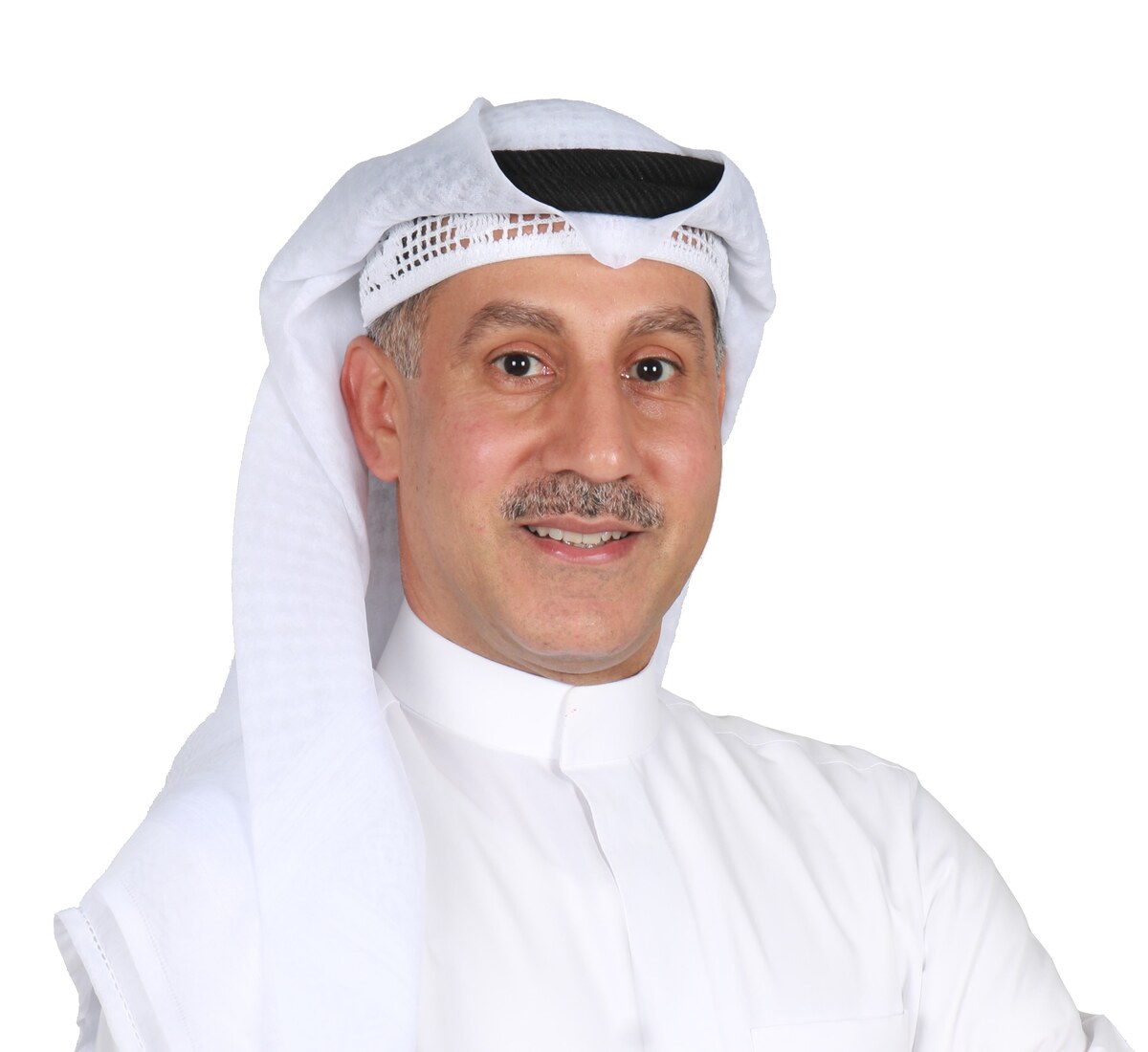RIYADH: Saudi Arabia’s economic diversification efforts and the robust expansion of the non-oil sector, in line with its Vision 2030, are set to drive significant economic growth in 2025, according to a recent analysis.
First Abu Dhabi Bank, in its latest report, predicts that Saudi Arabia’s non-energy gross domestic product will grow by 4.4 percent in 2025, up from 3.5 percent in the previous year. This forecast aligns with a similar projection from PwC, which also expects the non-oil economy to grow by 4.4 percent this year.
In January, the International Monetary Fund projected Saudi Arabia’s overall economy would expand by 3.3 percent in 2025, with further growth expected at 4.1 percent in 2026.
FAB’s analysis is also consistent with a recent report from Riyad Bank, which forecasts a 4.8 percent growth in Saudi Arabia’s economy in 2025.
“Our constructive outlook on the GCC macroeconomic landscape in 2025 was bolstered and corroborated by Moody’s upgrade of Saudi Arabia’s sovereign credit rating. Saudi Arabia’s diversification momentum will be sustained going forward,” said FAB.
In November 2024, the global credit rating agency upgraded Saudi Arabia’s credit rating and that of related government entities to Aa3 from A1, maintaining a stable outlook.
According to Moody’s, an Aa3 rating is assigned to countries and entities with high quality, low credit risk, and strong ability to repay short-term debts.
Moody’s explained that the upgrade reflects the success of Saudi Arabia’s economic diversification efforts and its reduced exposure to fluctuations in the oil market and long-term challenges related to carbon transition.
Further affirming Saudi Arabia’s steady economic progress, Jihad Azour, director of the Middle East and Central Asia Department at the IMF, told Arab News in February that the Kingdom’s growing role in the international financial system is solidifying its position as an emerging economic “powerhouse.”
Regional outlook
According to the report, the GDP growth for the entire Gulf Cooperation Council region is expected to double from 2.1 percent in 2024 to 4.2 percent in 2025, driven by the continued growth of business activities in the non-energy sectors across these countries.
FAB projected that the UAE’s economy will expand by 5.6 percent in 2025, up from 4.5 percent in the previous year, surpassing the IMF’s global growth forecast of 3.2 percent. This growth will be fueled by strategic investments, diversification, and strong expansion in the non-oil sector.
Referring to IMF projections, the report noted that Egypt’s economy is expected to grow by 4.1 percent in 2025, up from 2.7 percent in 2024.
“The 2025 global economic environment presents unique challenges, but the GCC region continues to stand out as a beacon of resilience and opportunity,” said Michel Longhini, group head of Global Private Banking at FAB.
On interest rates, FAB noted that sovereign interest rates in the GCC countries are expected to align with those of the US in the coming quarters, due to the dollar-pegged currencies in the region.
Non-energy sector
The financial institution added the non-oil business conditions across the GCC are showing signs of strong growth, with most of the countries recording a Purchasing Managers’ Index above 50 since late 2020, which signals expansion.
Earlier this month, a report by S&P Global revealed that Saudi Arabia’s PMI for January stood at 60.5, the highest level in 10 years.
In the UAE, the PMI stood at 55 in January, while it was 53.4 in Kuwait, 50.2 in Qatar and 50.7 in Egypt.
“Such readings underscore the robust nature of domestic activity, consumption and private investment. The PMIs also reflect the depth and ongoing success of the economic diversification strategies across the region, encapsulating key sectors such as tech, health care, education, tourism, finance, renewable energy and artificial intelligence,” said the report.
It added: “The relative allure of the GCC region is perhaps no better highlighted than better comparison with the Eurozone manufacturing PMI which continues to languish below 50. This maturing picture across the GCC’s non-oil economy, coupled with an anticipated easing of OPEC+ oil production quotas over the coming months, should help to bolster the economic outlook and outsize the growth potential for the region during 2025.”
GCC’s economic resilience
According to the report, national initiatives such as the UAE’s Vision 2031 and Saudi Arabia’s Vision 2030 are driving growth in technology, startups, and non-oil sectors across the region.
FAB also noted that GCC equity markets are expected to deliver returns of 12 percent to 13 percent in 2025, supported by a recovery in key sectors and financial stability.
“Fueled by economic diversification, enhanced regulatory frameworks, and strong growth prospects, GCC markets are expected to offer a wealth of investment opportunities in the coming months,” said FAB.
The analysis further highlighted that countries like Saudi Arabia and the UAE have made significant investments in sectors such as healthcare, technology, and financial services, which are projected to drive future GDP growth in these nations.
Investment opportunities
The report also highlighted some of the major investment opportunities in the GCC region.
According to FAB, the region’s digital transformation is progressing rapidly, creating significant growth and investment opportunities for companies focused on innovative technologies such as artificial intelligence, big data, and cybersecurity.
Infrastructure development in countries like Saudi Arabia is also driving an increase in foreign direct investments across the region.
“Investors should keep an eye on companies involved in construction, materials supply, and technology, as these sectors stand to benefit substantially from these developments,” the report stated.
Sustainability is another key area for investors in the GCC, with governments actively promoting environmentally friendly practices. This has opened new investment avenues in sectors such as renewable energy and waste management.
FAB noted that countries like Saudi Arabia and the UAE are making substantial investments in solar energy to meet their green power needs, presenting significant opportunities for investors in the sector.
The report further emphasized the growing demand for ESG-compliant companies, indicating a substantial opportunity in the sustainable finance space.
The expanding population, shifting demographics, and increasing awareness are driving major investment opportunities in the GCC healthcare sector.
Discussing the potential of the tourism sector, FAB said: “With various initiatives aimed at boosting tourism, including megaprojects like NEOM, Expo 2030, and FIFA 2034 in Saudi Arabia, the hospitality sector is primed for growth.”
It added: “Investors can explore opportunities in hotels, entertainment complexes, and ancillary services catering to the growing number of tourists.”
The report also highlighted the potential of the real estate sector as an attractive investment opportunity, with rising demand for residential and commercial properties across the region.
FAB pointed out that the introduction of regulatory frameworks, such as property ownership laws for foreigners, has further opened up the real estate market, making it more appealing to both domestic and international investors.
In January, Saudi Arabia’s Capital Market Authority issued a landmark guideline allowing foreigners to invest in Saudi-listed companies that own real estate in Makkah and Madinah.


































